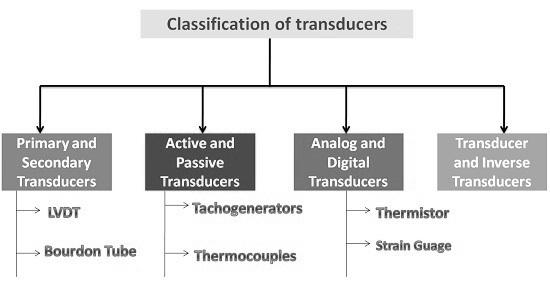Active vs. Passive Transducers: Key Differences Explained
Advertisement
Transducers are essential devices that convert energy from one form to another. They’re the workhorses behind countless measurement and control systems. A key way to categorize them is by whether they need an external power source to operate. This leads us to the distinction between active and passive transducers. Let’s explore the differences.
Active Transducers: Self-Generating Signals
Active transducers are the independent types. They have the remarkable ability to generate their own electrical output when they sense a physical phenomenon. In other words, they don’t need any external power source to do their job.
Definition: An active transducer is a device that produces an electrical signal without requiring an external power supply.
Examples of Active Transducers:
- Piezoelectric Transducers: These clever devices generate a voltage when pressure is applied to them. Think of sensors that measure vibrations or pressure waves.
- Thermocouples: These consist of two different metal wires joined together. When the junction is heated, it generates a voltage proportional to the temperature difference. They’re commonly used in temperature sensing.
- Photovoltaic Cells: Also known as solar cells, they generate electricity when exposed to light. They convert light energy directly into electrical energy.
Passive Transducers: Relying on External Power
In contrast, passive transducers require an external power source to operate. They work by modulating the external power in response to a physical change.
Definition: A passive transducer is a device that needs an external power source to produce an output signal.
Examples of Passive Transducers:
- Resistive Transducers: These change their electrical resistance in response to a physical parameter such as temperature, strain, or light. Examples include thermistors, strain gauges, and photoresistors.
- Capacitive Transducers: Their capacitance changes when exposed to a physical change like distance or pressure. These are commonly used in touchscreens and displacement sensors.
- Inductive Transducers: These devices use a coil of wire and a change in a magnetic field to vary the inductance, which can measure motion, displacement or proximity.
Visualizing Transducer Types
Here’s a helpful illustration showing how different transducers can be categorized:

Figure 1: Transducer Types
As you can see, transducers can also be classified by other characteristics beyond active or passive, such as:
- Analog vs. Digital: Do they output a continuous signal or a discrete one?
- Primary vs. Secondary: Do they directly sense the phenomenon, or do they use a primary sensor?
- Transducer vs. Inverse Transducer: Do they convert non-electrical energy to electrical energy, or the reverse?
Key Differences Summarized
| Feature | Active Transducer | Passive Transducer |
|---|---|---|
| Power Source | No external source needed | Requires external source |
| Output | Generates electrical signal | Modulates external power |
| Examples | Piezoelectric, Thermocouple, Photovoltaic cell | Resistive, Capacitive, Inductive transducer |
Understanding the distinction between active and passive transducers is crucial for selecting the right device for a specific application. Active transducers are great for situations where you need self-powered operation, while passive transducers offer flexibility and a wide range of sensing capabilities when external power is readily available.
Advertisement
 T&M
T&M 

